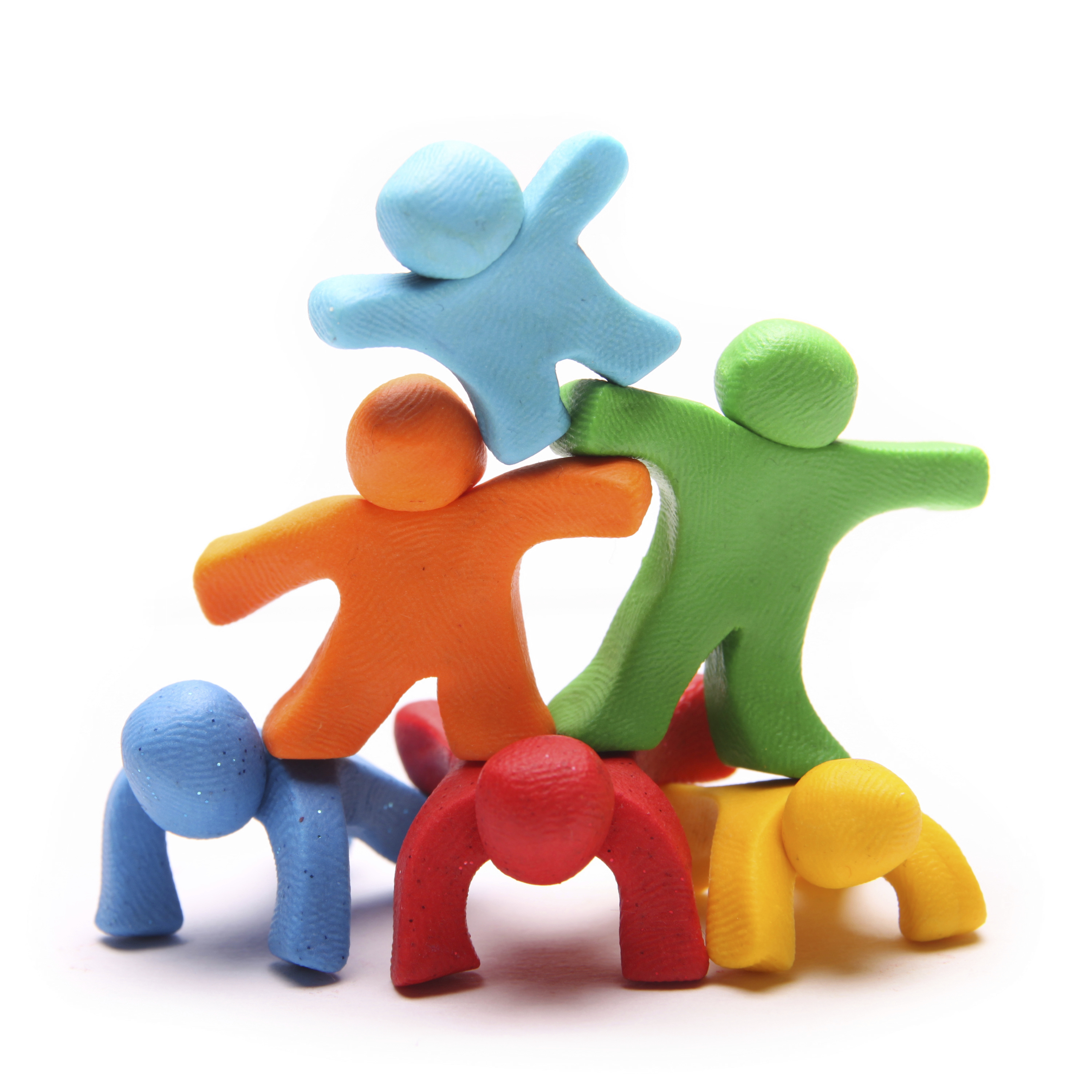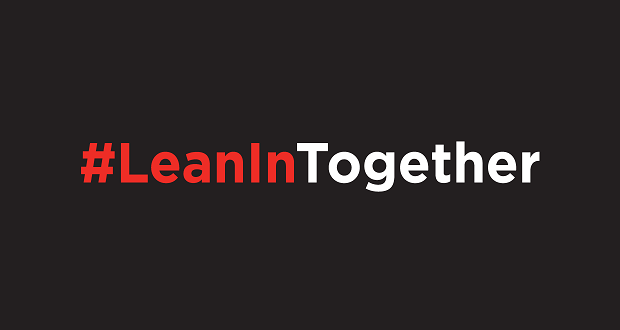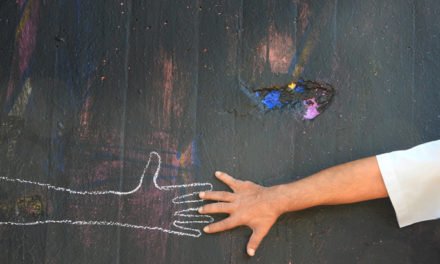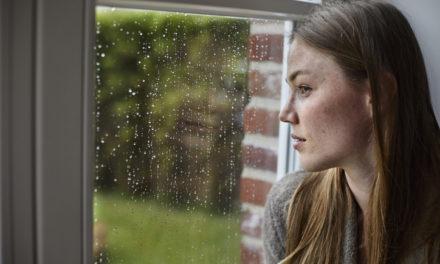In last week’s post on identity groups and the “other,” I mentioned that as you begin to think about to which you belong, it might get complicated. That complexity? It’s called intersectionality.
Civil Rights Advocate and Sociologist Kimberlé Williams Crenshaw coined the term intersectionality, and it’s a buzzword for activists, academics, diversity and inclusion practitioners, and generally #woke people. All it really means is exactly what you’re probably thinking –our social identities overlap and intersect and form new, more specific identities with new implications. The individual identity groups we belong to – race, class, gender, sexuality, nationality, etc. – do not exist in a vacuum, and they cannot be compartmentalized. Intersectionality acknowledges that a person can simultaneously belong to multiple historically marginalized groups.
In We Can’t Talk About That at Work: How to Talk About Race, Religion, Politics, and Other Polarizing Topics Mary-Frances Winters says:
[dropshadowbox align=”none” effect=”lifted-both” width=”auto” height=”” background_color=”#ffffff” border_width=”1″ border_color=”#dddddd” ]According to intersectionality, the context and degree to which we experience power or marginalization is influenced by the intersection of our varying identities. Those who are part of multiple non-dominant groups may be more sensitive to and aware of their differences, and are perhaps uncomfortable colluding with the cultural ‘rules’ of the dominant group that are unfamiliar.[/dropshadowbox]
This understanding of intersectionality is crucial in the face of an equal pay movement that is dominated by white women, LGBTQ activism that favors the voices of cisgender white men, and healthcare systems everywhere (not to mention so many other societal structures) that leave behind or ignore sick and economically vulnerable men and women of color (Ex. America’s Hidden HIV Epidemic).
Just as intersectionality theory says there are implications to overlapping marginalized identities, intersectionality also acknowledges layers of privilege. Being a part of multiple non-dominant groups – Black women, queer people of color, disabled people in poverty, etc. – creates layers of barriers to equity and justice in the same way that having multiple dominant identities—white, male, Christian, able-bodied—creates layers of oppressive possibility.
And still, intersectionality is an invitation.
It’s an invitation to peel back those layers of privilege by listening and making space at the table. It’s an invitation to have a more expansive and nuanced understanding of ourselves and of others. It’s an invitation to have a more comprehensive vision of social justice.
Intersectionality as a practice has the potential to illuminate more common ground, creating more opportunity for inclusion and allyship. If I allow myself to be all of me at once, there is a greater possibility that I will meet someone who can relate to some point within my web of identities. It’s as simple as saying, “Hey, I may not understand all of what it means to be them, but I can relate to this one thing, and that’s a starting point.”
All you need is a starting point.



















